I threw a picnic in our garden the other day. We were busy with all…
Thames Valley Stories
It has been a few months that I launched a series on Facebook about the Thames Valley Stories. In case you are not following the blog on Facebook, I collected some for you. So here you go Thames Valley Stories for you.
Claud Duval and the Berkshire roads
Claude Duval was a famous highwayman who was born in 1643 in Normandy. He fled to England, to the Thames Valley in 1660 with a price on his head already. In a ten-year carrier as a highwayman he earned the reputation for being gallant. On one famous occasion he is said to have detained a rich man in a coach carrying £400 but he allowed his victim to keep £300. In return Duval required that the lady accompanying the man in the coach to take a dance with him. 🙂
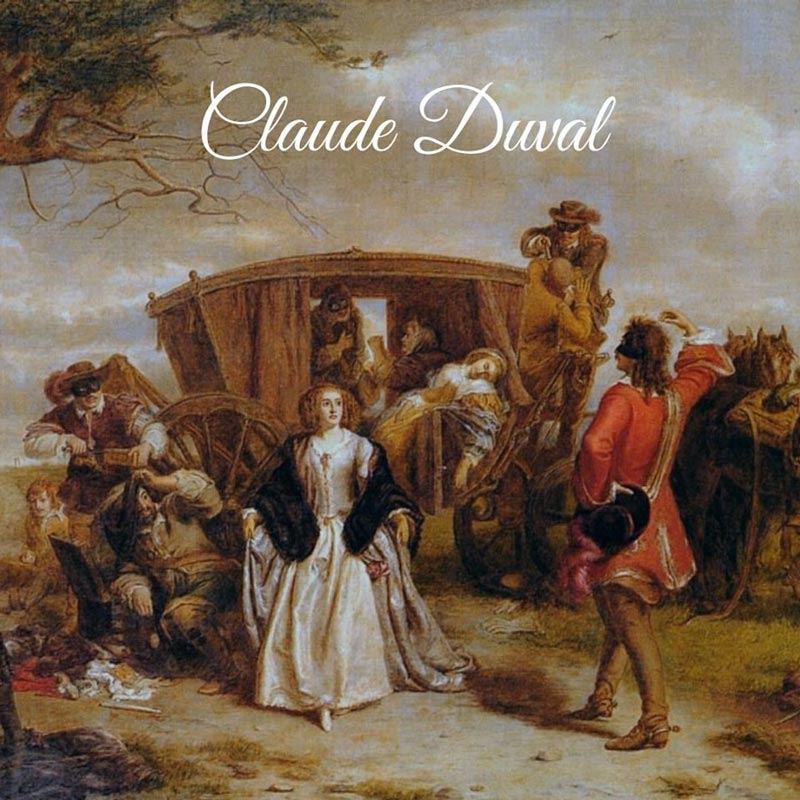
Maiwand Lion
The stance of the Maiwand Lion in Forbury Gardens, Reading is said to be anatomically incorrect. According to the legend, the sculptor committed suicide when he learnt that the lion’s gait was incorrectly of a domestic cat. This is not true, the sculptor George Simonds carefully observed lions and the stance was correct. Not only that, he lived another 43 years. The statue weighs 16 tons and had to be delivered in pieces from London to Reading.
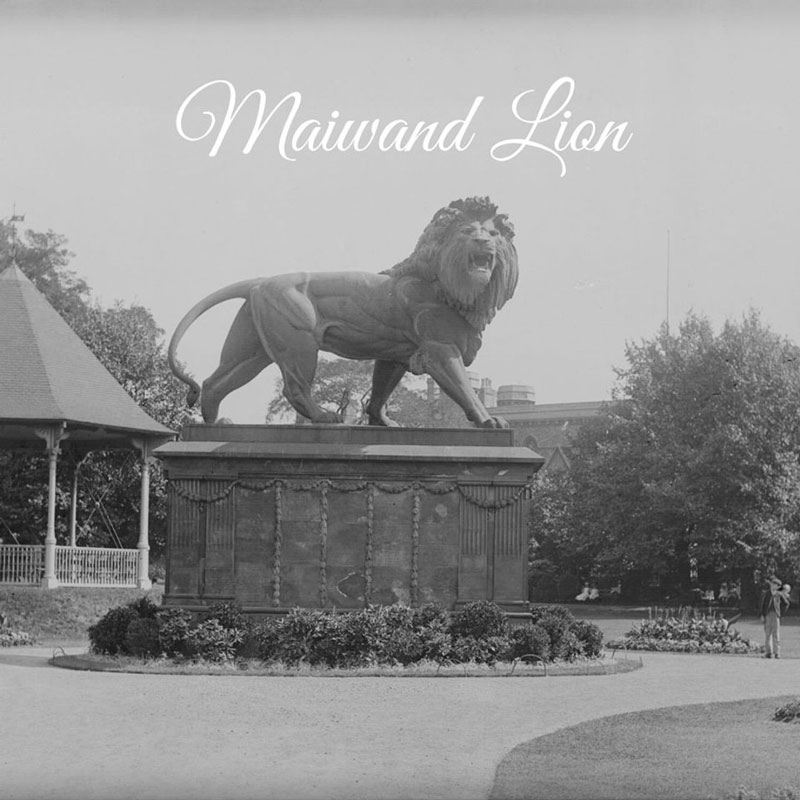
What has Frankenstein to do with Thames Valley?
English poet Percy Bysshe Shelley abandoned her pregnant wife, Harriett and ran away to Switzerland with Mary Goldwin with whom he had madly fallen in love. The summer of 1816 was cold and gloomy – perfect to have romantic ideas about ghost stories. However, Frankenstein was inspired by Mary’s nightmare and a scientific discussion about galvanisation.
After homesick the couple returned to England where the pregnant Harriett committed suicide: she drowned in the Serpentine in Hyde Park. Shelley and Mary moved to Albion House in Marlow in 1817 where Mary finished the Frankenstein story, thus Frankenstein was born in the Thames Valley.
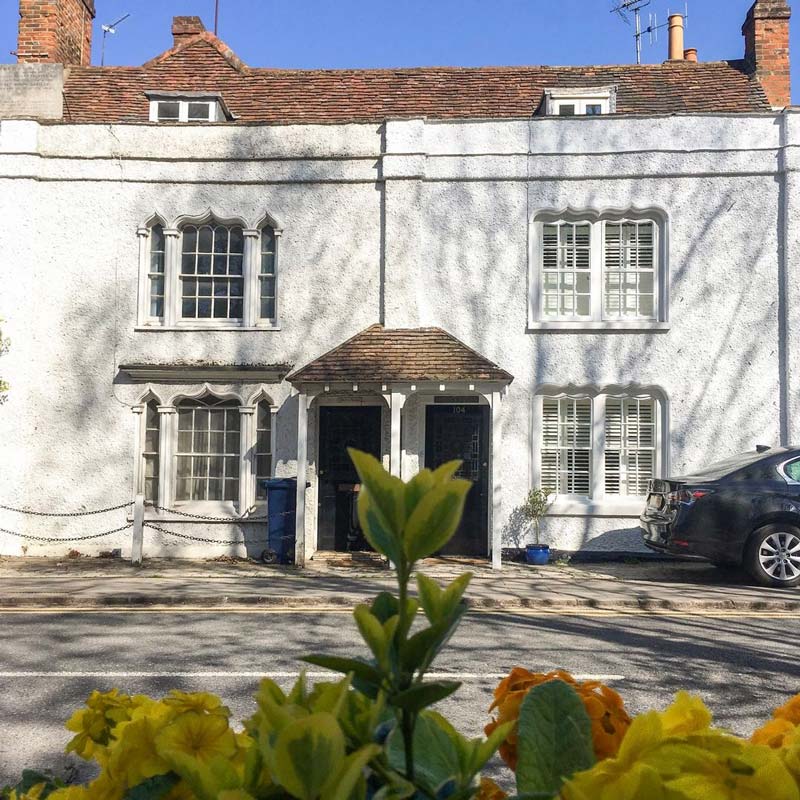
The mysterious hermit of Cookham
The main building in any settlement is most probably the oldest building which is the church. The Holy Trinity church in Cookham was erected in Norman times and there is something rather unusual about it. ️The Lady chapel was erected in 1182 on the north side in honour of a hermit who dedicated her life to service God. She lived in a walled-in cell on a sunless side of the church. It is recorded that Henry II paid this lady half a penny a day from 1171 until she died in 1181. It is suggested that she did penance for Henry who was responsible for the murder of Thomas Beckett in 1171.
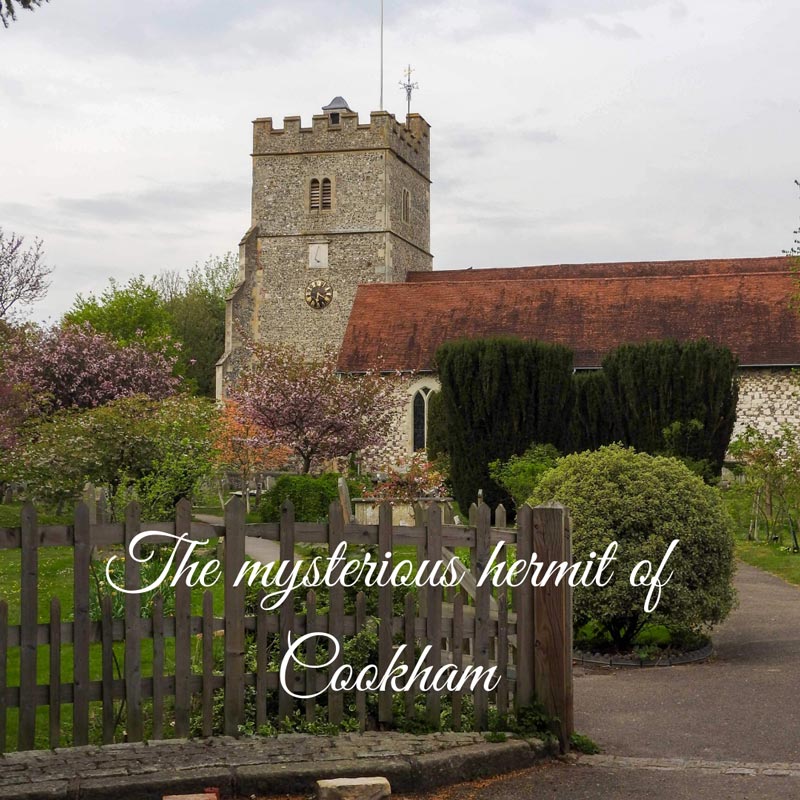
Seven Deadly Sins
The hill which runs beside the Thames in the village of Pangbourne is called Shooters Hill. It was named in the 18th century when pursuers of a dangerous highwayman shot at him from the top of the hill because they could not follow him over the border into Oxfordshire! However, it is more likely that an artillery was stationed here during the Civil War.
But there is something even more interesting here… ️ There are seven Edwardian Houses collectively known as “Seven Deadly Sins” in Shooters Hill. They were built in 1896 by the shop magnate D. H. Evans and allegedly, he kept a mistress in each of them! According to another story the houses were built for the Royal Family , more precisely for the Prince of Wales (later King Edward VII) who lodged his mistresses here. Well, that would not be any surprise as the Prince was known to have several mistresses.
Strand Castle and the ghost of the Grey Lady
As you drive from Maidenhead to Cookham, there is a lovely field on both sides of the road called Widbrook Common. Widbrook stream flows through it and links the River Thames and the Strand Water. Nothing special so far.
But believe it or not, a very interesting Windsor Castle look a like building stood here, called Strand Castle, originally known as Grazebrook’s Folly. ️It was built between 1870 and 1885 by a architect called Mr Grazebrook who was an eccentric and locals said he patrolled the battlements with his shotgun and blasted away imaginary raiders.
It is said to have had a ghost, a Grey Lady in a long robe who was said to have crossed Strand Water and entered the building every night. Allegedly, during the reformation monks who lived in this area cursed the land. What could the connection be between the curse and the Grey Lady…?
Mr Grazebrook erected dams at the castle to hold back the water and this brought complaints from the villagers saying the water was too low for their cattle. Mr Grazebrook refused to remove the dams which resulted in an incident known as the ‘Battle of the Strand’. In 1888 500 men from Cookham gathered at the Castle and removed the dam. The Folly was occupied until 1959 and the demolished in 1968.
Consequence: Never underestimate a simple field in England! It can hide the most incredible stories… 🙂
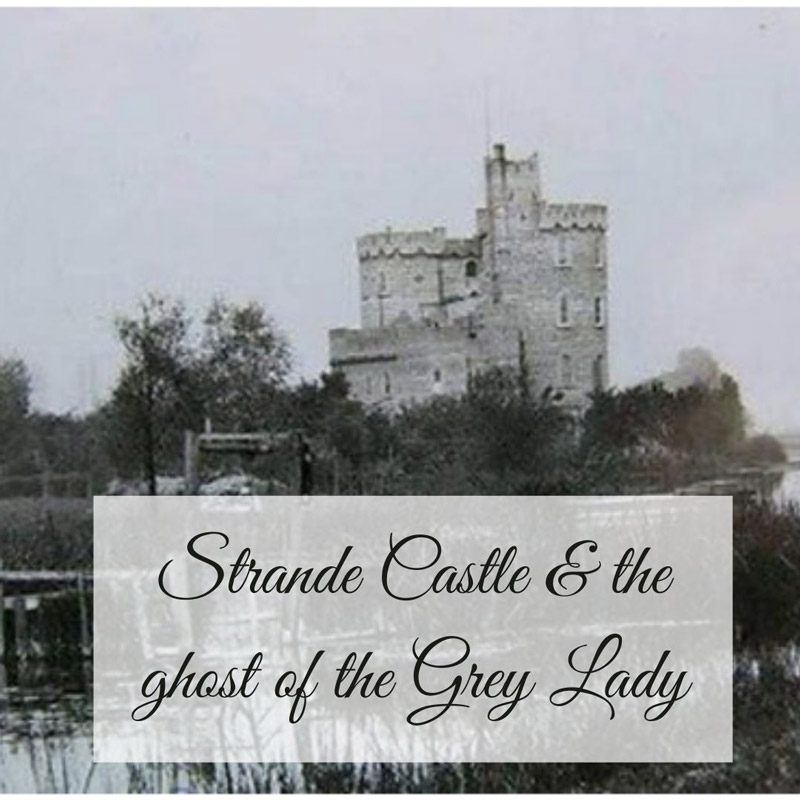
Th M4 Motorway
Many motorways were built in the 1960s and 1970s in the United Kingdom. The last stretch of the M4 motorway in England – linking London and South Wales – was opened on 28th December 1971 by junior minister of the Environment Department, Michael Heseltine.
The ceremony was held at Holyport, where the Bishop of Oxford blessed the road and Heseltine cut the ribbon. According to plans he was going to have a test drive in his ministerial Jaguar but it did not start! Heseltine had to climb to the ministerial coach for the trip. Shortly after the the opening Heseltine was fined for speeding on the M4. The M4 did not bring him luck, did it? 🙂
The Astors & the White Place Farm – take your cow on holiday!
Waldorf Astor, an American multimillionaire who was living at Cliveden bought the estate of White Place Farm in 1893 (on the opposite side of the river in Berkshire) and built the present farmhouse, some out buildings and a gate house. He kept a herd of prize Ayrshire cows and housed them in very elegant cow sheds that he had specifically built to ensure they lived in better conditions than the rest.
His son, Waldorf Astor husband to Nancy Astor the first female MP in British Parliament who took her seat, was very particular about the kind of milk his children drank and so, his precious Ayrshire cow from the farm travelled with the family! ️Whether to Jura in Scotland or down to Sandwich in Kent, the cow which was in a truck attached to the end of train travelled with them. 🙂
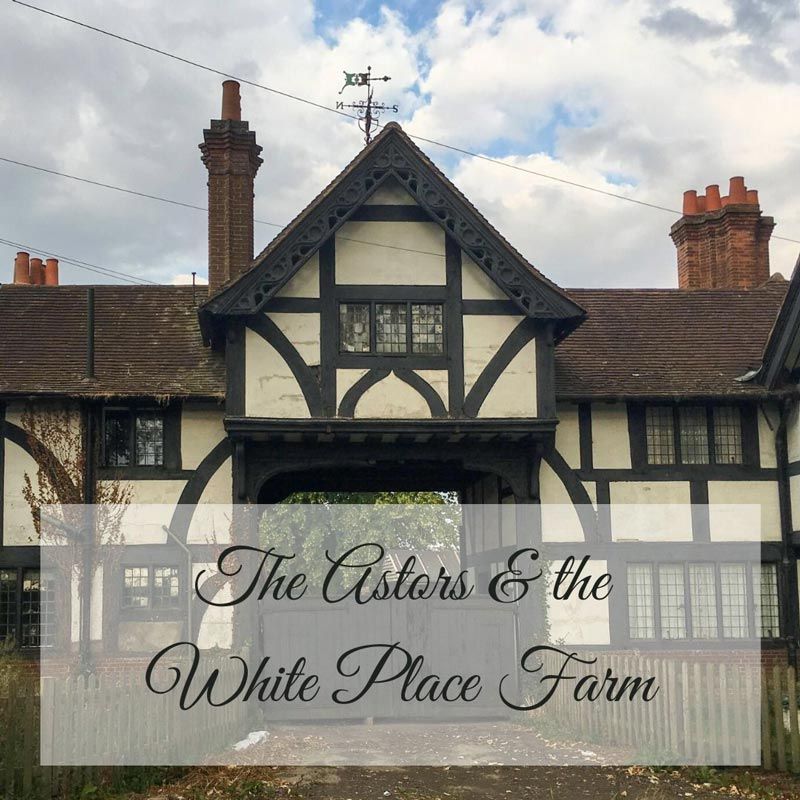
Quarry Wood Hall and Pêche Melba
The famous Australian operatic soprano, Dame Nellie Melba moved to Europe in search of a singing career in 1886. Finding no success in London, she went to Paris where she made huge success.
After her return to London, she became the leading lyric soprano at Covent Garden from 1888. She also was the first artiste to broadcast on the British Radio in 1920. Melba became extremely popular and fashionable, she hobnobbed with Royalty in London and maybe this is why she lived in the Thames Valley, more precisely in Quarry Wood Hall, close to Windsor for a while. Quarry Wood Hall is an ornate fake castle known locally as “the cardboard castle”. Sadly, I know no more about Dame Nellie Melba’s days at Quarry Wood hall, although it would be interesting to know how she passed her days or how she travelled to the Covent Garden to work.
By the way… She took the pseudonym “Melba” from Melbourne, her home town.
Oh and yes, the famous dessert was created in her honour when she had dinner at the Savoy Hotel in London after the performance of a Wagner opera. The head chef of the Savoy Hotel, August Escoffier – who was quietly sacked from the Savoy for embezzlement later on – created the dessert of peaches and raspberry sauce with vanilla ice cream.
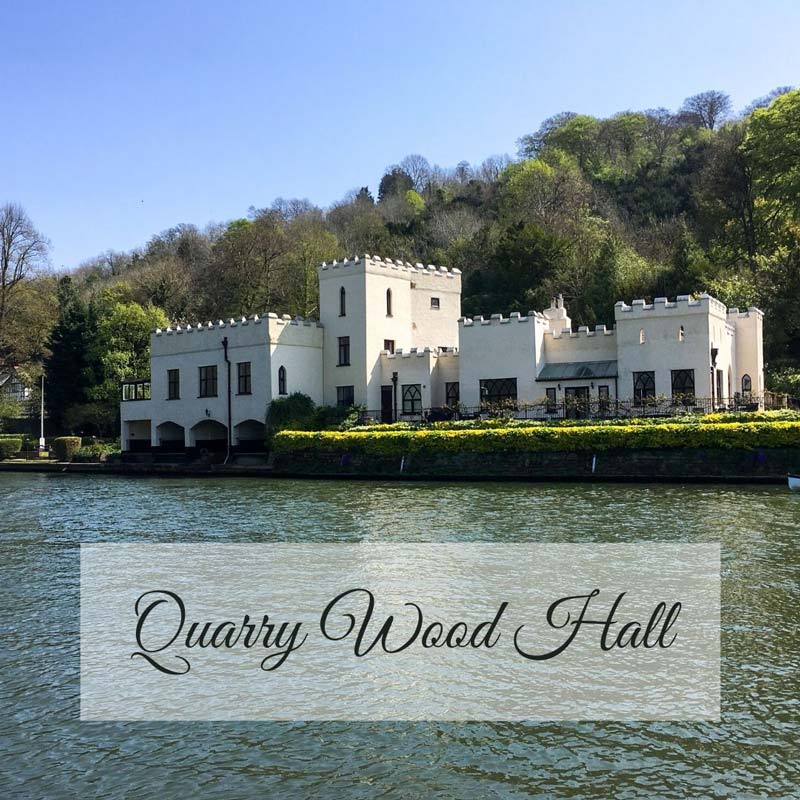
Corby of Windsor
John Corby started to manufacture wooden valet stands in the 1930’s in Windsor. Later he added trouser press to it which became electrically heated in the 1960’s. Although a trouser press is common and can be found in hotels, in the ’60s it was considered to be a very middle class product.
In their song “Trouser Press” (1968) the British eccentric band, the Bonzo Dog Doo-Dah Band made numerous references to the trouser press as emblematic of middle class life. PS: It is not a bad song actually, listen to it on Youtube!
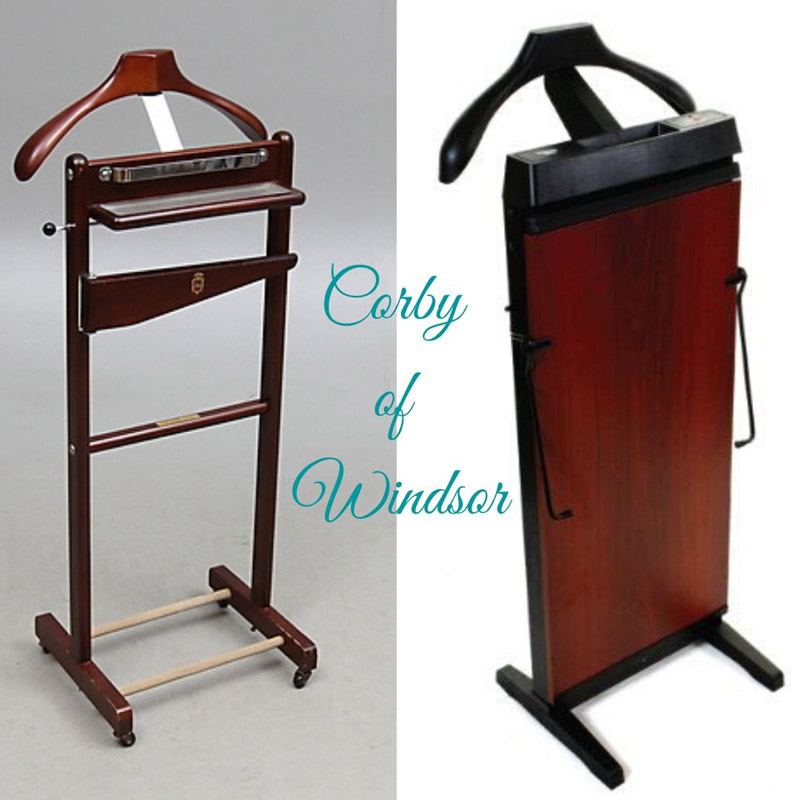
Pennsylvania
In 1681, King Charles II handed over a large piece of his American land holdings to William Penn to pay the debts the king owed to Penn’s father, Admiral Sir William Penn. This land included the present-day states of Pennsylvania and Delaware.
The King named it Pennsylvania (literally “Penn’s Woods”) in honour of the Admiral. Penn, the son, who wanted it to be called New Wales, and then Sylvania (from the Latin silva: “forest, woods”), was embarrassed at the change, fearing that people would think he had named it after himself, but King Charles would not rename the grant. William Penn lived in the Thames Valley, in Ruscombe in his last years from 1710 until his death in 1718.
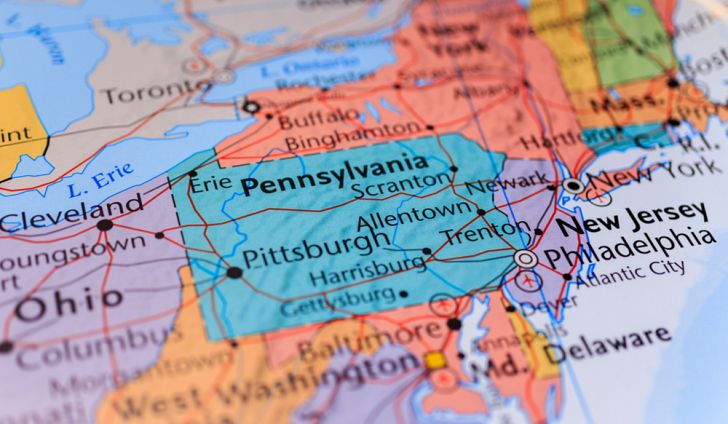
Biscuits and tins
There is something romantic about biscuit tins, isn’t it…? Well, biscuit tins have their roots here, in the Thames Valley.
Thomas Huntley was a school teacher in Gloucestershire and his wife, Hannah started baking biscuits and selling them to stagecoach passengers. The family moved to Reading in 1811 and their son, Joseph opened a biscuit and confectionery shop in 1822. Another family member worked in a factory nearby which produced tinplate boxes which gave them the idea to sell their biscuits in them to keep them fresh.
The Huntley & Palmer biscuit company was born in 1841 and by 1860 it became the largest biscuit manufacturer of the country and by the end of the century it was the biggest in the world.
The company is also famous for its beautiful, sometimes exotic themed tins, which today are collectible and can be very pricy.



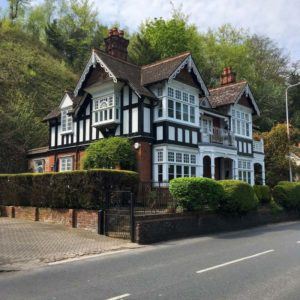
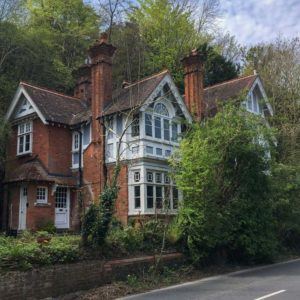
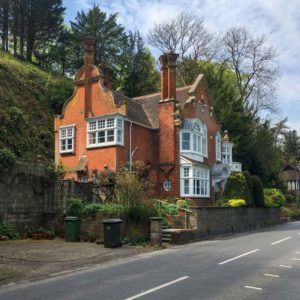


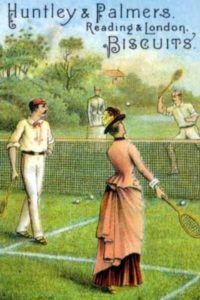
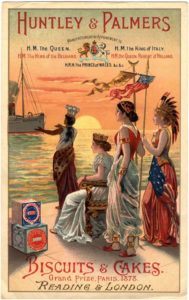



Comments (0)